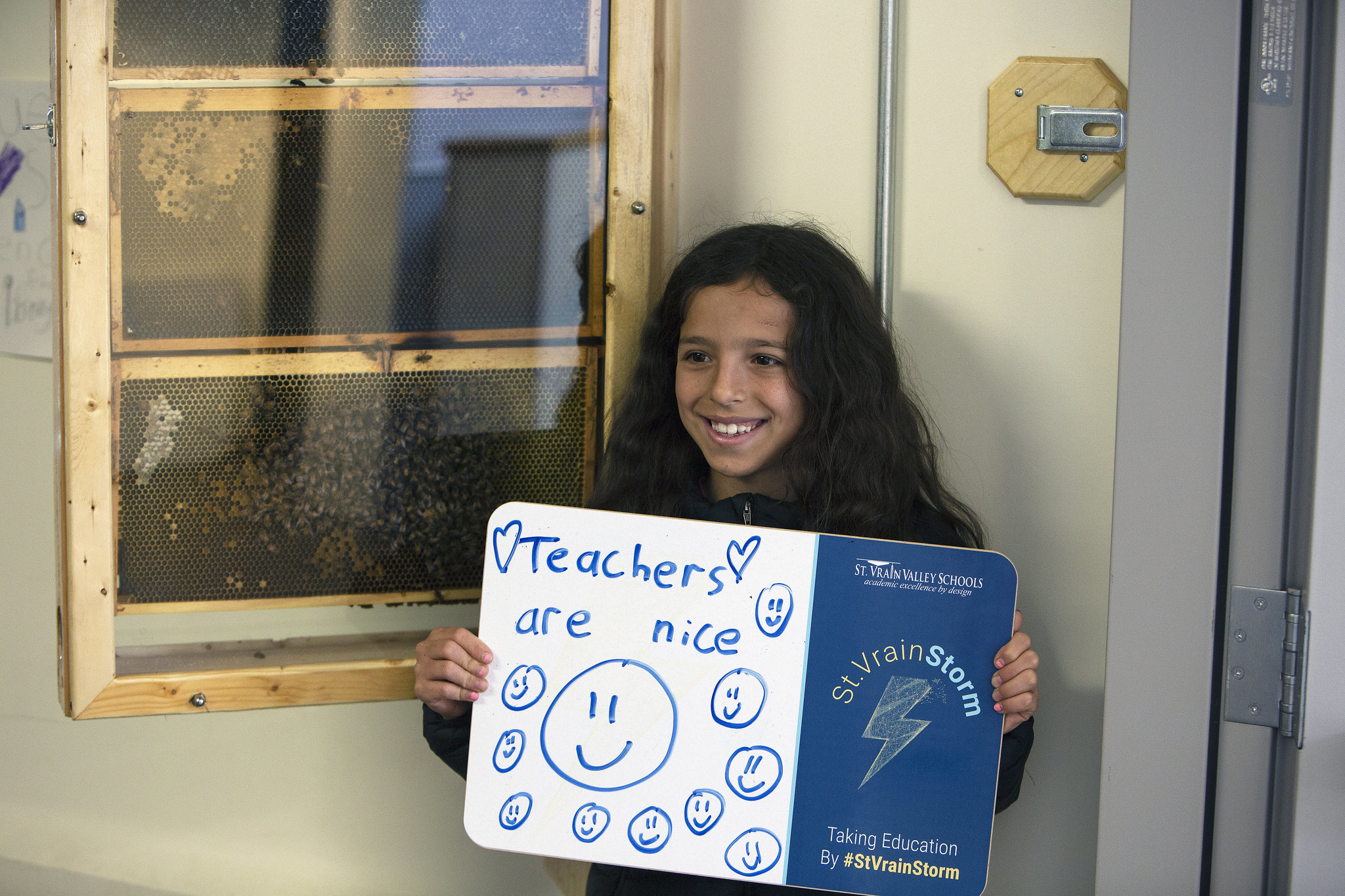This program is a culmination of efforts, strategies, and programs to address social and emotional education, “civility”, conflict resolution, respect, diversity, and no bully efforts. Information is drawn from Peter Yarrow’s (Peter, Paul & Mary) “Don’t Laugh At Me” (DLAM) program, the School Mediation Center of Boulder, and other renowned social and emotional educators.
Peace PALS Defined
P A L S is an acronym to represent the goals of the program.
P is for Peace including conflict resolution, no bullying, mediation, peace place, and communication.
A is for Acceptance including tolerance, accepting differences and gifts in all, appreciating the uniqueness of each individual, and reducing prejudice.
L is for Love including kindness, respect, and caring.
S is for Social Responsibility including sportsmanship, fairness, service, responsible citizenship, and civility.
Program Design
The program is designed to have a specific monthly focus, called the “PEACE PIECE”. The “PEACE PIECE” is broken down into specific weekly focuses. It is supported by the following:
A. Morning announcements– 2 readings per week that are quotes or stories to support the theme.
B. Peace Pledge – Written by student(s), recited once a week by all.
C. Copy of Peace Piece posted in each classroom.
D. Counselor Class Activities – 2 counselor visits to each class per month that are designed to support the theme
1) Activities– These deal with conflict resolution, using Peace Place, “No Bully” “Don’t Laugh At Me” activities, cooperative games, etc.
E. Follow Up Activities – Classroom and specials teachers may opt to follow up with writing assignments to support the theme and encourage further exploration and reflection.
F. Other All–School Activities– This may include all school activities (i.e. Kindness Chain, No Name-Calling Day, class quilts of personal gifts, etc.) or guest speakers, or outside school activities.
G. Peace Place – Peace Place is used continuously to help students work out conflicts. Peace Place stones are on the playground and Peace Place signs are in every classroom. This is a basic way for students to talk out conflicts with ground rules and a formula for self expression.
H. Peer Mediation– Mediations are referred by students, principal, and teachers. These are also a part of the disciplinary system in certain circumstances. This is a more formal way for students to resolve conflicts that need a deeper discussion than peace place allows. With the assistance of trained peer mediators, students can resolve conflicts in a fair and meaningful manner.
I. Monthly Awards– The Lion’s Heart Award is given each month to one student per teacher for exemplifying the Peace Piece. Winners are recognized each month with a trip to the soda fountain with the principal.
Student Peace PALS
While the Peace PALS program is a school wide effort, a number of 5th grade students are trained as Peace PALS to promote these concepts. They are trained to facilitate the talking out of conflicts at Peace Place and to conduct more formal student mediations. Other efforts to promote peace, acceptance, love, and social responsibility are also incorporated.
A. Two Peace PALS on duty each week.
1. Recess Duty – These students are identified by vests or similar means and are available to assist students in talking out conflicts at peace place on the playground. They facilitate students talking out their conflicts by getting them to agree to the ground rules, and redirecting them to use “I” messages, state their needs, and make a deal.
2. Mediations – Mediations are scheduled for conflicts that need a more in-depth conflict resolution process than Peace Place allows.



